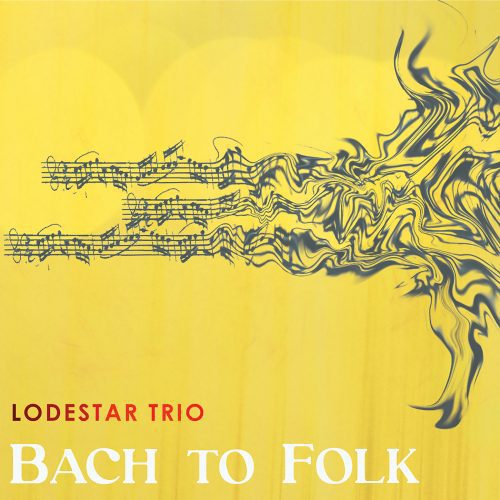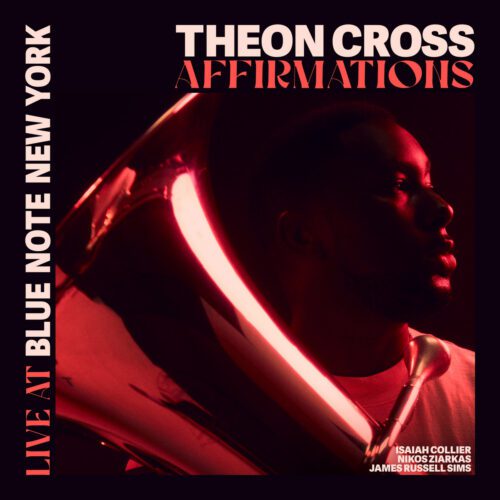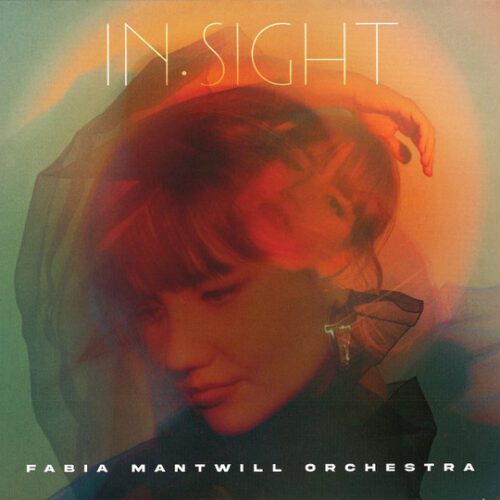Revisiting classical composers in the light of traditional music is nothing new. Bach himself has been examined through the prism of Africa, Mozart through the prism of the Arab world and Vivaldi was ‘Celticised’ in a rather famous album released some 25 years ago O’Stravaganza). Here we explore the rustic string sounds of Scandinavian folklore (quite similar to its Celtic cousin), but with Bach for the majority of the pieces (Couperin and Lully, among others, are called upon on a few occasions). Bach is probably the easiest of all the great composers to adapt. Why is that? Because the rhythmic rigour and melodic richness of his compositions provide a solid and coherent base on which to affix the recipes and other musical characteristics typical of one genre or another. This is to some extent what happens here, with this rereading of excerpts from such great titles as the English Suite No. 3, Cello Suites Nos. 5 and 6, Orchestral Suite No. 3 and the Violin Sonata No. 3. There are also some traditional pieces and a few original compositions, all of which are well suited to the general style of the album.
Although the melodies are embellished with a fair amount of local rhythmic and harmonic reflexes, the traditional Norwegian fiddle (also known as the Hardanger fiddle) and the nyckelharpa, together with a classical violin, give the ensemble a rough sound that would not be out of place in a Baroque concert. The arrangements are pleasant and above all give the strong impression of avoiding ease and stereotype at all costs, although some ears will not escape the urge to make this diagnosis. The attitude here is classical and respectful of the scholarly nature of the source material and the artistic richness of the folk one.
























